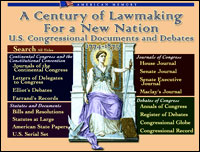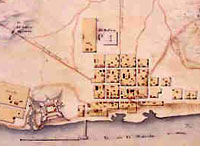Bosque Redondo Memorial at Fort Sumner State Monument [NM]
Fort Sumner was the center of a million-acre reservation known as the Bosque Redondo Indian Reservation. The story of how the U.S. Army forcibly moved the Navajo and Mescalero Apache people from their traditional homelands to the land surrounding this lonely outpost is pivotal to the history of the American West. During this tragic period of U.S. history, the Navajo and Mescalero Apache Indians were starved into submission and then forced to march hundreds of miles to the Bosque Redondo Reservation. The Navajo call this journey the Long Walk. Nearly one-third of the captives died during incarceration. Today a unique new museum designed by Navajo architect David Sloan and an interpretive trail provide information about the tragic history of Fort Sumner and Bosque Redondo Indian Reservation.
The site offers exhibits, tours, and educational programs.


